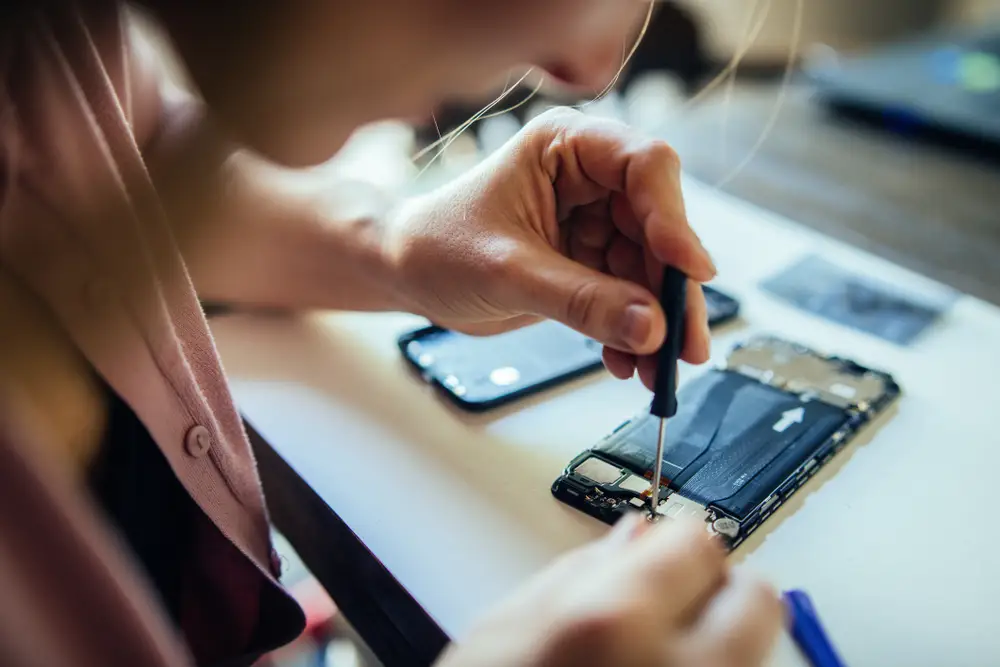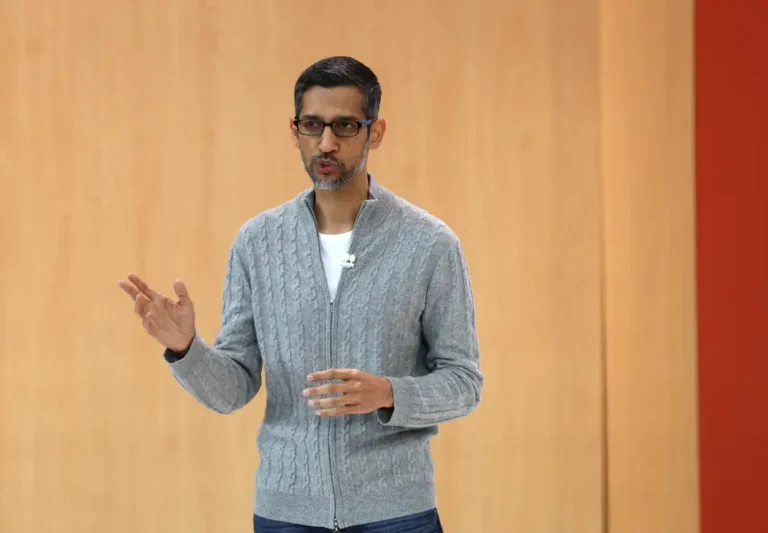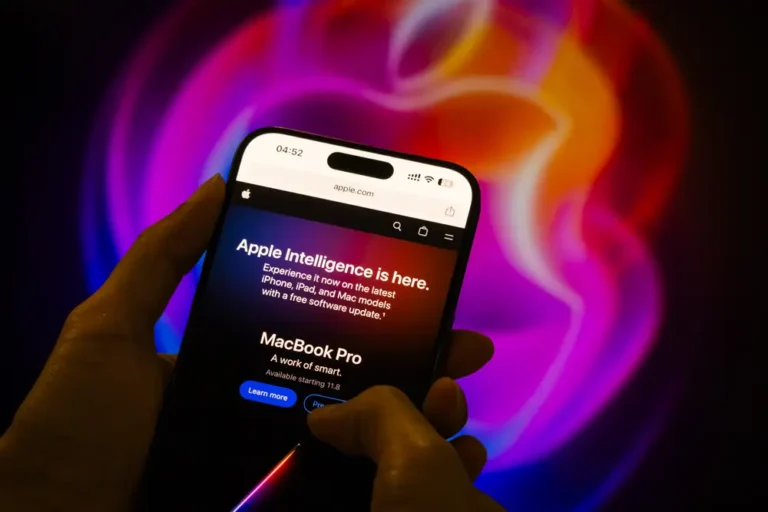Apple’s new update is finally making it easier to repair your broken iPhone on your own

Apple is introducing a feature that helps users repair their own phones.
Apple is finally allowing customers to repair or replace parts in their iPhones without (as much) of a headache.
In its iOS 18 update — rolling out on Monday — the tech giant is introducing a feature called “Repair Assistant” to its iPhones, MacRumors first reported, citing screenshots shared on social media.
The new feature, which Apple announced in April, will run through a calibration process to authenticate genuine new or used iPhone parts users have installed on their own. Previously, when a user replaced one of the parts inside their iPhone, the device would often refuse to recognize it and even stop performing essential functions related to the part that was repaired, The Verge reported in November.
But now your iPhone will recognize the repaired part and function as it’s supposed to.
“The process of confirming whether or not a repair part is genuine and gathering information about the part — often referred to as ‘pairing’ — is critical to preserving the privacy, security, and safety of iPhone,” Apple wrote in its April announcement.
Apple said at the time that the feature would be available starting in the fall, but didn’t immediately respond to a request for comment from B-17 for this story.
The company is also making device repairs easier by no longer requiring the device’s serial number in some cases, adding a section of settings that shows users the history of their device’s parts and repairs. It’s also introducing an anti-theft feature to block the repair if the new part was from a phone that had been reported lost or stolen.
For years, Apple users have fought for the right to repair their own devices, while the tech giant has historically lobbied against it. A trade group representing the company said in 2021 that users shouldn’t be able to access sensitive diagnostic information and software because it would jeopardize the safety of their devices and put them at risk for fraud and data theft.
But consumer-rights groups have been gaining ground recently.
In 2021, after President Joe Biden signed an executive order encouraging the Federal Trade Commission to tamp down on companies’ efforts to block users’ right to repair, Apple introduced a “Self Service Repair” program. And by 2023, Apple itself was endorsing California’s Right to Repair Act, which aimed to “prohibit intentional barriers and limitations to third-party repair.”
The dispute over the right to repair goes back to Apple’s beginnings, when its cofounder Steve Wozniak wanted users to be able to access the products’ internal systems, while Steve Jobs did not.
Wozniak has stood by that position, saying in 2021: “It’s time to recognize the right to repair more fully.”






